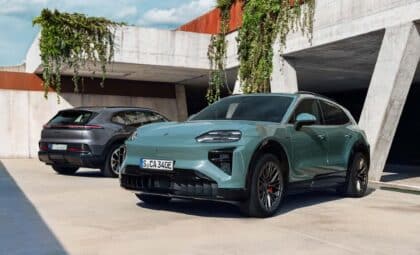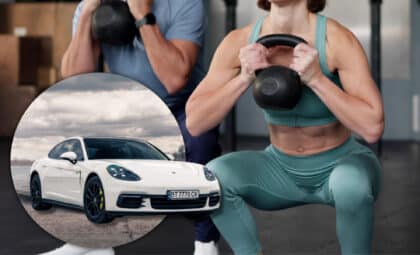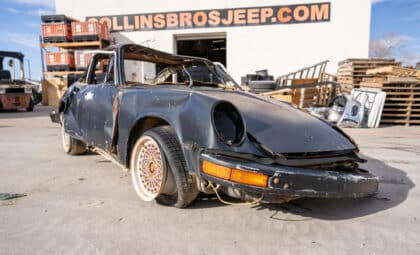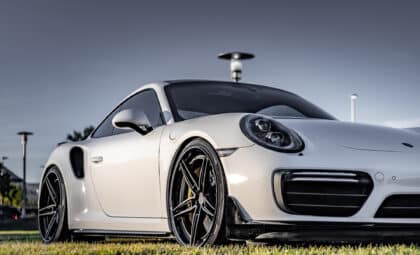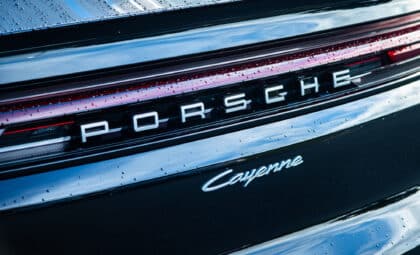
When the EPA first revealed the new Porsche Taycan range estimates, Porsche enthusiasts were disappointed. The EPA claimed the base Taycan model would go 200 highway miles on a single charge while models equipped with the 93.4-kWh Performance Battery Plus package would go 225 miles.
That’s a long way off the 402 miles the Tesla Model S Long Range Plus can supposedly manage. But in real-world testing, the two cars were found to be far closer to each other than the EPA claimed. Independent tests by CNET, Autoblog, Car and Driver, and AMCI have shown the base Porsche Taycan range is closer to 250 miles, with the big battery pushing that to just over 280 miles.
Related: Porsche Taycan sets new top speed record
In fact, according to AMCI, an independent testing firm, every single Porsche Taycan model, from the 4S to the Turbo, has been enormously underrated by the EPA, with an average discrepancy of 27 percent. The most egregious example is that of the Turbo S, which was estimated to have an all-electric range of 201 miles on the highway by the EPA, compared to 278 miles as found by AMCI. That’s more than a 38 percent difference.
Car and Driver says the Taycan is only the second EV it has ever tested to exceed its EPA-estimated range figure, and by the widest margin at that. For comparison, C/D also tested the aforementioned Tesla and found it falling substantially short of its EPA-estimated range, running out of energy at 320 miles.
We’re all aware of the “your mileage will vary” caveat attached to any and all fuel economy disclaimers, but these are major disparities. Though you shouldn’t use them as a measure of what your own personal fuel economy will be while driving any given car, EPA estimates are meant to help consumers get a sense of how those cars compare to one another.
And for consumers in the market for a long-range, high-performance EV, comparing the Porsche Taycan to the Tesla Model S is almost an inevitability. Based on the EPA’s figures, the latter may seem like a no-brainer if range is at the top of your priority list; however, in the real world, the Tesla’s efficiency advantage over the Porsche is only about a fifth of what the EPA suggests.
Let’s hope that when the EPA tests the next batch of EVs, it takes a little more care to represent the cars accurately. There’s no exact science to determining vehicle range, but when multiple different publications all independently agree that the EPA’s figures are wildly off the mark, there may be something wrong with its testing methodology.
Kurt Verlin was born in France and lives in the United States. Throughout his life he was always told French was the language of romance, but it was English he fell in love with. He likes cats, music, cars, 30 Rock, Formula 1, and pretending to be a race car driver in simulators; but most of all, he just likes to write about it all. See more articles by Kurt.


